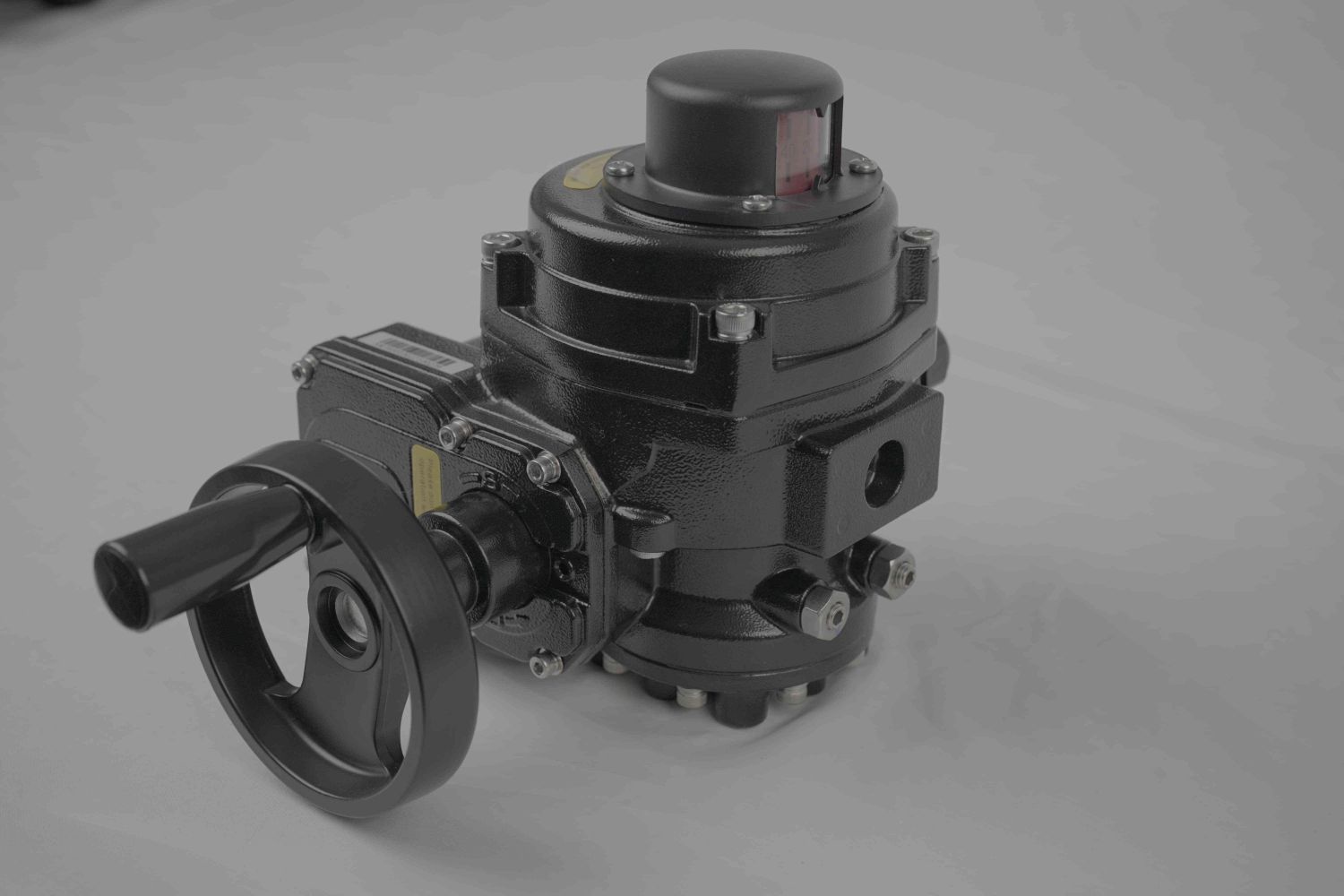the role of lithium battery valve odm manufacturers in ensuring battery safety and efficiency
Release time:2025-06-18 13:21:58
Lithium-ion batteries have become integral to modern technology, powering everything from smartphones to electric vehicles (EVs). While these batteries offer high energy density and longer life cycles, they also present significant safety risks. One critical safety feature that prevents catastrophic failures in lithium-ion battery systems is the use of valves. These valves are essential for managing internal pressure, preventing leaks, and ensuring the overall safety of the battery. Lithium battery valve ODM manufacturers play a vital role in the production of these crucial components, enabling safe and efficient battery operation across various industries.

Understanding the Role of Lithium Battery Valves
The primary function of a lithium battery valve is to control and release excess pressure within the battery. Under certain conditions, such as overcharging, high temperatures, or internal short circuits, the electrolyte inside the battery can generate gases. If this gas buildup is not controlled, it could lead to battery rupture or even a fire. This is where lithium battery valves come in: they allow for the safe venting of these gases, preventing dangerous pressure from building up.
Lithium battery valves are typically one-way or pressure-sensitive valves that only open when the internal pressure exceeds a specific threshold. This ensures that the battery remains intact and safe under typical operating conditions. In the event of a malfunction, the valve activates, venting excess gas and reducing the risk of an explosion or fire. Therefore, the valve is a critical safety mechanism for ensuring that lithium-ion batteries function without posing a hazard to consumers or devices.

